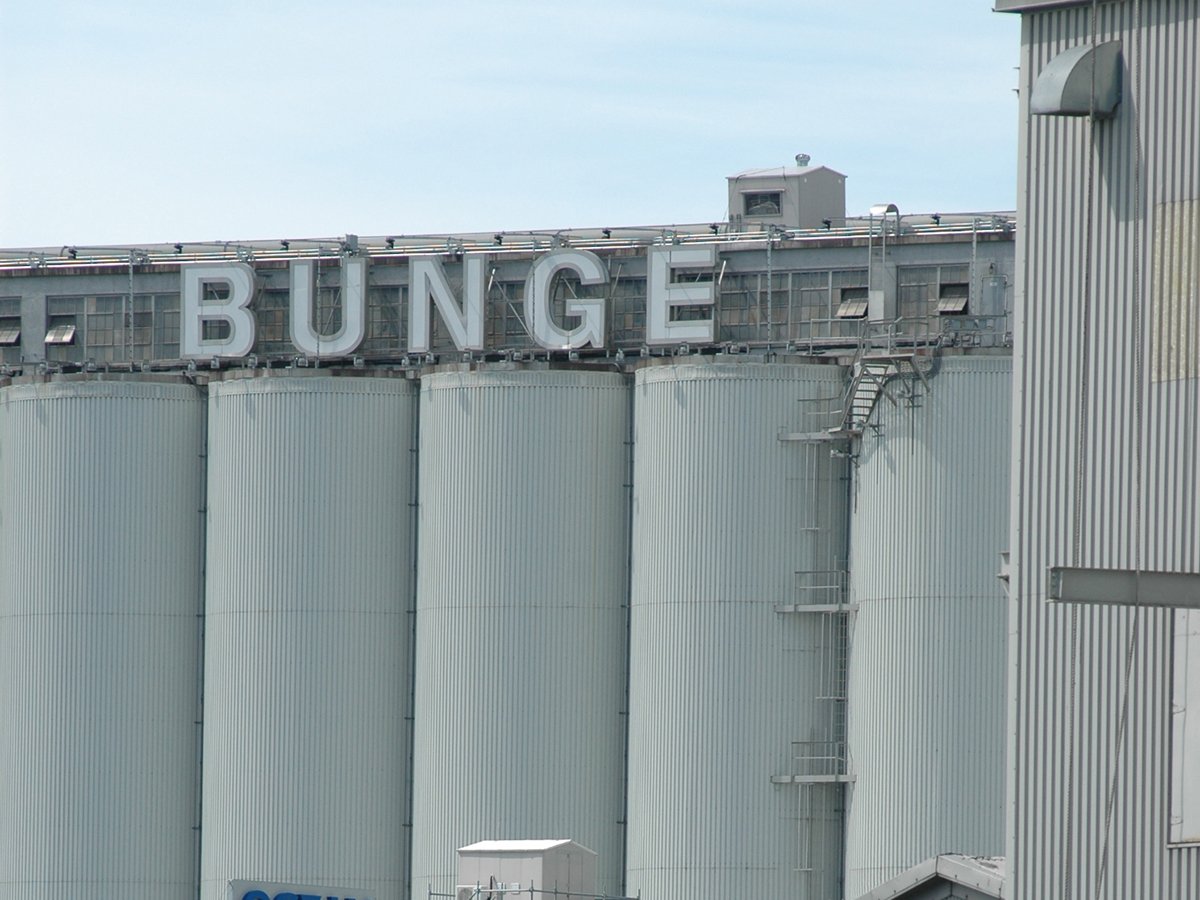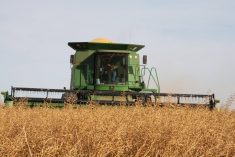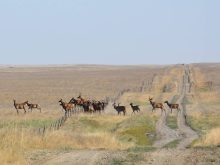Canada has moved its beef grades into step with the United States by eliminating muscling ratings and cutting the back fat measurement to two millimetres from four.
The changes, which came into effect in early November, put the Canadian Grade A rating on par with the U.S. Department of Agriculture choice grades, which don’t require muscling or a back fat measure.
Cindy Delaloye of the Canadian Beef Grading Agency said that while the two countries still won’t allow the other to use its grading system, the changes should mean more money for some Canadian producers.
Read Also

Bunge’s crop mix is changing
Bunge has predominantly been a soybean processing firm, but that’s about to change after the merger with Viterra with softseed processing and grain merchandising gaining ground.
She said breeds with little muscling could only grade Canadian B3 under the old system, no matter how well marbled the meat or the thickness of the back fat.
Delaloye also said the changes will allow dairy animals and slighter-framed range breeds to achieve the Canada Grade A stamp, provided they have the right fat content.
She said some breeds, such as dairy cattle, genetically lay down fat inside the meat more easily than outside. Reducing the back fat thickness requirement will make it easier for these breeds to meet the higher grade standard, she added.
“It costs the feeders money to put on back fat. That two mm is going save producers money.”
Ron Glaser of the Alberta Cattle Commission said he hoped all Canadian cattle exported to the U.S. will now be eligible for a U.S. grade of Canada Choice.
Lee Nilsson, who buys cattle for XL Foods in Alberta, said cattle buyers at slaughter plants will need to be more careful when selecting animals because the new grades mean they could potentially pay more for animals that don’t cut as well as traditional beef breeds.
“A dairy animal can be great eating, some of the nicest marbling around,” he said.”But without the round hips and muscling, it means the ratio of meat to bone isn’t as high. And we are in the meat business.”
Nilsson said the changes will be an improvement for some specialty cattle producers, but probably won’t extend much beyond that.
“It’s good to improve the harmony with the U.S., but in general the Americans don’t really want an A1 animal anyway. They want fat cattle, so I’m not sure how much of an effect it will have. For the most part it is just an administrative adjustment for us.”
Nilsson agreed the changes may improve marketing opportunities in Quebec, where there is a preference for tender yet extremely lean meat. The changes should increase the number of Grade A1 carcasses, which naturally produce that kind of meat.
The Canadian Food Inspection Agency changed the grades after a request by the beef industry in late 1999. The CFIA and industry representatives felt that standardizing grades with the U.S. would improve export potential and give American consumers a recognizable product.
USDA Prime is now the same as Canada Prime, USDA Choice is equivalent to Canada AAA and USDA Select is nearly the same as Canada AA.
AAA has small amounts of fat marbled in the rib eye. Due to their slighter builds, dairy breeds can produce this fat with relative ease while maintaining a small rib eye and loin.
The smaller portions are now popular in the American restaurant industry.














